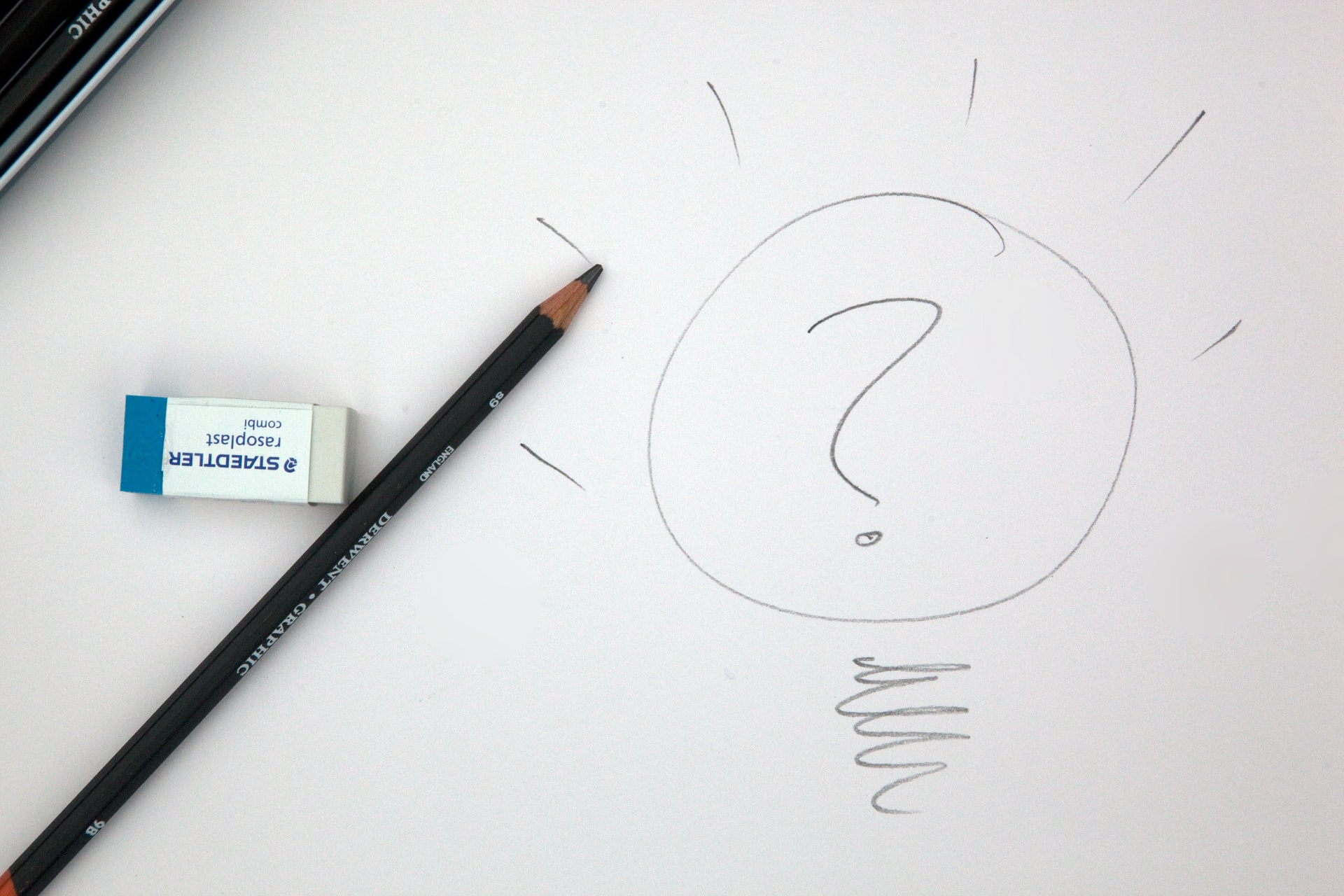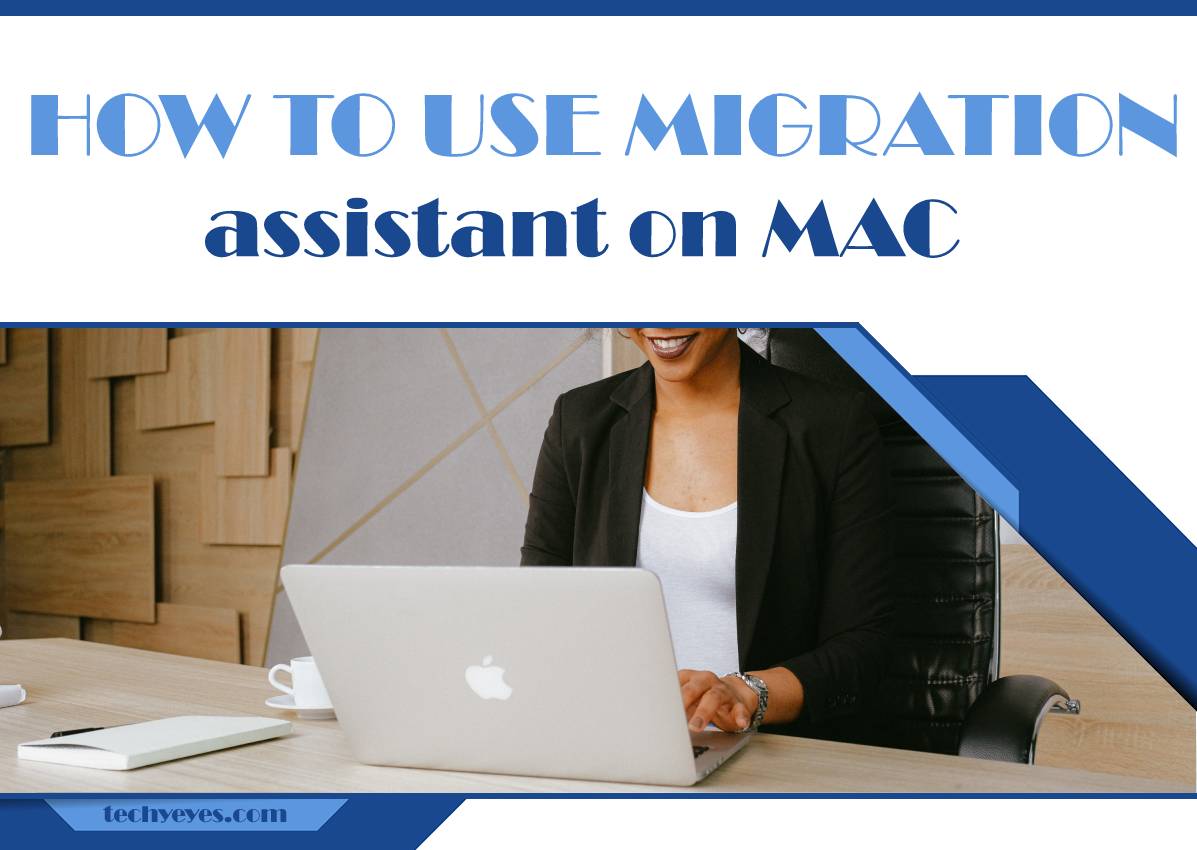Numerous reasons may necessitate transferring all your data from one Mac to another. For example, perhaps you recently got a new MacBook and want to move over your old photos, documents, and files.
Or, you’re selling your MacBook and must ensure everything is wiped clean. No matter the reason, transferring everything from one Mac to another is a relatively simple process using Apple’s built-in Migration Assistant tool.
Migration Assistant is designed to transfer data from one Mac to another. It will preserve all your user accounts, applications, settings, and files.
The only caveat is that both Macs must run the same macOS version for Migration Assistant to work correctly. With that in mind, here is everything about using Migration Assistant on your Mac.
What Is a Migration Assistant

Migration Assistant is a utility that comes built into every Mac running macOS Catalina or later. It’s designed for transferring one Mac to another and can preserve user accounts, applications, settings, and files.
Before Catalina, Migration Assistant could only transfer data from a Time Machine backup or other startup disks. Now, with Catalina and later iOS versions, you can use it to transfer data directly from one Mac to another – no Time Machine backup is necessary.
How to Use Migration Assistant

Here are steps and tips to streamline your data migration with migration assistance.
Before You Begin
There are a few things you’ll need to do before you can use Migration Assistant to transfer data from one Mac to another:
- Make sure both Macs are running the same version of macOS. Migration Assistant will only work correctly if both Macs run the same version of macOS. If one Mac is running an older version of macOS, you’ll need to update it before proceeding.
- Connect both Macs to the same network. You can do this can using Wi-Fi or Ethernet. Open System Preferences on the source Mac (the one you’re transferring data from) and click on Sharing. Make sure the box next to File Sharing is checked.
- On the destination Mac (the one you’re transferring data to), open System Preferences and click on Security & Privacy. Make sure the box next to File Sharing is checked in the Privacy tab.
- On both Macs, open Migration Assistant and make sure the box next to “Allow other applications to access my data” is checked.
Connecting the Macs
Once you’ve completed the steps above, you’re ready to connect both Macs and start transferring your data. There are two ways to do this: cable or a wireless network.
If you’re going to use a cable, connect the two Macs using a Thunderbolt 3 (USB-C) or Thunderbolt 2 cable. If you’ve been using a MacBook Pro since 2016 or later, you can also use a USB-A cable.
If you use a wireless network, ensure both Macs are connected to the same Wi-Fi network.
Starting Migration Assistant on Both Macs
With both Macs connected, it’s time to start Migration Assistant on both of them.
- On the source Mac, open Migration Assistant, and click Continue.
- On the destination Mac, open Migration Assistant, and click Continue. You may be prompted to enter a password on both Macs to verify that you have permission to access the data on the source Mac.
Transferring Your Data
Once Migration Assistant is open on both Macs, you’ll be given a few different options for transferring your data. The first is to transfer from another Mac – this is what we’ll be using.
- Click Continue on the destination Mac, then click Continue again when prompted to enter a passcode.
- On the source Mac, you should see the destination Mac appear in the list of available devices. Select it and click Continue.
- You may be prompted to enter a password on the destination Mac to verify that you have permission to access the data on the source Mac. Once you’ve entered the password, click Allow.
Migration Assistant will begin transferring your data from the source Mac to the destination Mac. Depending on how much data you’re moving, this could take a while – so be patient. And if you have any challenges, contact Mac support for guidance.
Final Thoughts
Once the data transfer is complete, you’ll be able to use your destination Mac just as you did your source Mac.
All your user accounts, applications, settings, and files will have been transferred over – so you shouldn’t need to do anything else.


